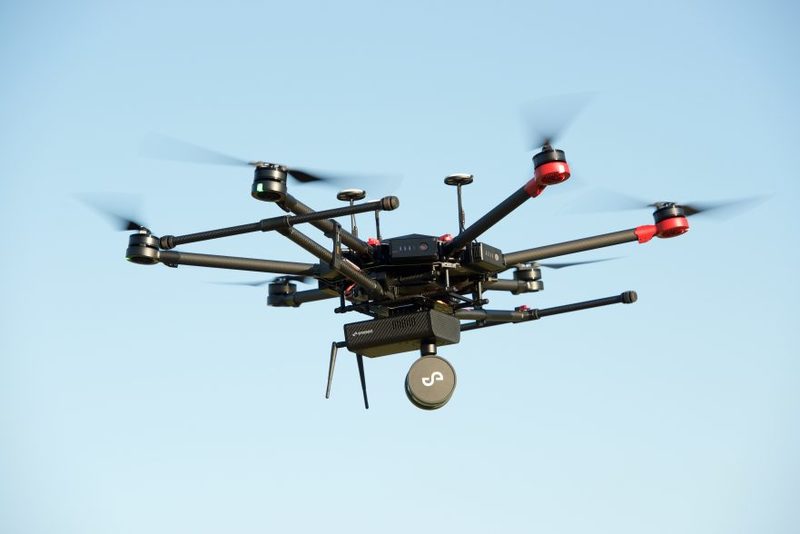UK Drone Regulation Update ‘Clarifies Rules’

UK brings in new drone rules to harmonise regulatory environment across Europe, with light-weight devices now permitted to fly around people
New rules have come into force in the UK that aim to clarify the regulatory environment around drones.
The regulations were adopted across the EU as of 31 December, and have also been adopted by Norway, Iceland and the UK.
They include clarifications about where drones can be flown, and rules intended to make it easier to trace pilots.
The rules also eliminate the distinction between commercial and recreational devices.

Harmonisation
DJI, the world’s biggest drone maker, said the move “streamlines” the sometimes confusing regulatory environment across national borders.
“It… allows customers to travel from country to country without having to worry about different rules in different foreign locations,” the company said.
In the UK, drones must now be registered with the Civil Aviation Authority.
However, most drones are categorised as “low-risk” and do not require any authorisation, although they are subject to limitations such as where they can fly.
The other two categories are medium- and high-risk, and are subject to stricter regulatory controls.
Low-risk drones are to be managed throuch the CE mark that governs health and safety requirements for products sold across Europe.
Within this category, drones are grouped into three weight-based categories indicating how close they can be flown to people.
Flight zones
Children under the age of 12 are allowed to fly drones marked as toys, but pilots must be older than 12 to fly drones without a toy marking or that weigh over 250g.
Light-weight drones under 250g in weight can be flown over people, doing away with previous rules that imposed a minimum distance separating drones from congested areas.
Medium-weight drones over 250g must be flown at least 50m away from people, and heavier drones over 2kg must be flown well away from people.
UK users continue to face a requirement to pass the CAA’s official theory test and to have obtained a flyer ID to fly a drone weighing over 250g within 150m of people.
Organisations are pushing ahead with trials of drone deliveries, with regulations relaxed during the Covid-19 pandemic to allow tests to be carried out, including a recent trial carrying medical supplies from Cornwall to the Isles of Scilly.
Royal Mail tested drone deliveres for the first time in December with a parcel drop at a lighthouse on the Isle of Mull.